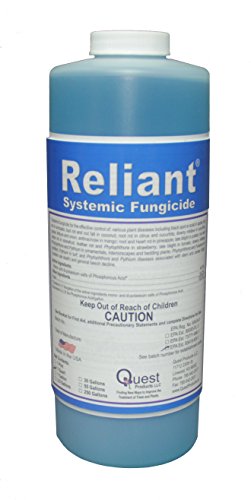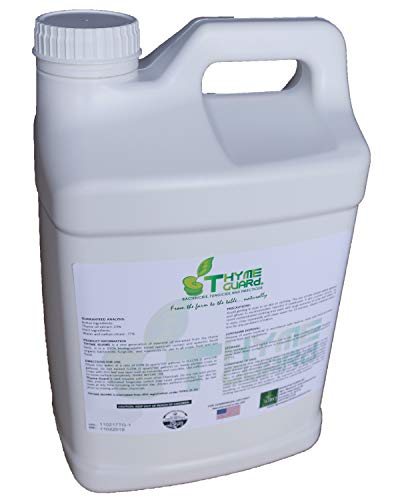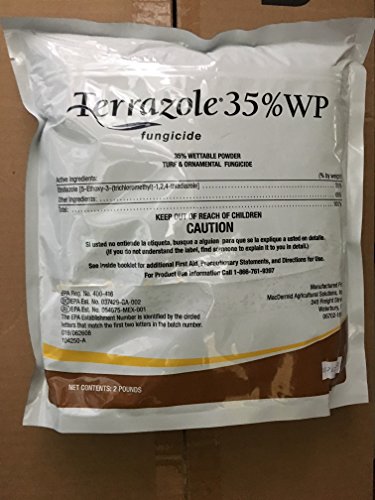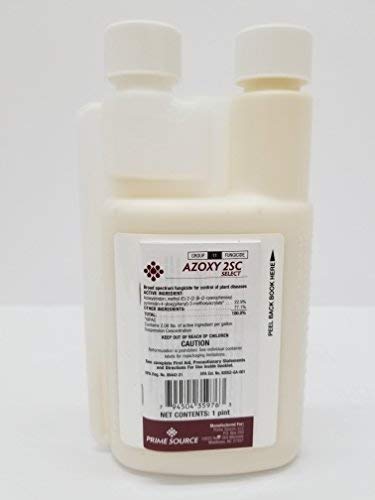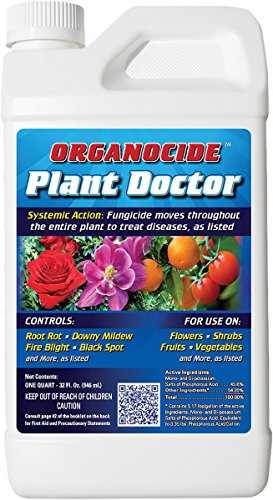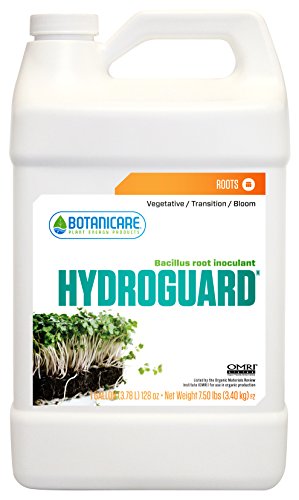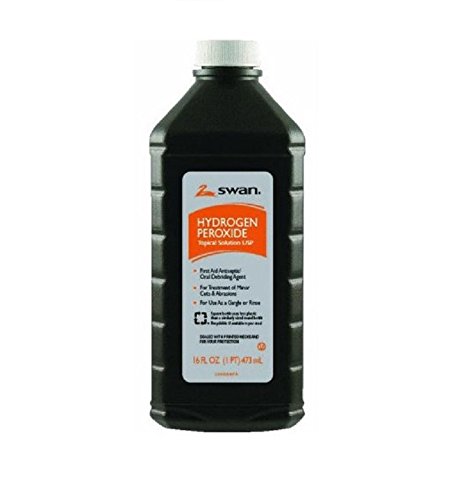How to get rid of root rot: 11 way to Fix root rot for indoor plants (Updated for 2023)
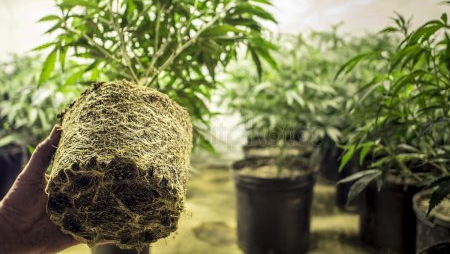
If you want to know how to identify root rot? and what does root rot look like? First, you will be wanting to know what root rot actually is. Root Rot is a disease that usually happens to the root of those plants that are growing in wet and damp soil. This disease attacks the roots and rot and decays them slowly. Any plant or tree can be attacked by root rot and thus making their life short drastically. Signs of root rot can be seen both in indoor plants as well as in the outdoor ones. As already said, its symptoms are alike any other diseases that are poor growth, branch dieback, early leaf drop, wilted leaves and ultimately death of the infested plants. Since root rot takes place in the soil, the symptoms are often only seen when the disease is advanced to a greater extent. The color of the root changes from white and firm to brownish-black and soft. The roots are this much weakened that they often break when touched or slightly disturbed. Roots start to fall off the plants and leave shredding starts early, leading to small discolored leaves left on the plant. Affected plants may seem dull and undersized and infested with pests too. Research shows that plants having root rot will die in a manner of about 10 days.

How to treat root rot?
The treatment depends upon the extent of disease infestations. If you want to cure the affected plant, then the plant is replanted in fresh soil that has good drainage and aeration system. Sometimes the roots are washed properly, and the soft brown ones are cut out by the scissors before replanting. This stops it from spreading to the rest of the roots or field. If you want to know how to completely stop the root rot? such that it is killed to the very bottom, then the most common recommendation for the localized case is to destroy the plant that is suffering from rot and then change the surrounding soil to a new one so that it can be stopped from spreading. There are many chemical treatments that they are limited to the specific pathogen you are targeting.
How to Fix root rot in soil?
#1 ALUDE Systemic Fungicide (Chemical – Editors’ Choice)
ALUDE systematic fungicide contains 45.8% of di- and mono-potassium salts of phosphoric acid. This product is effective against diseases like mildew, Pythium and Phytophthora in bedding plants, Pythium diseases related to stems and turf and Phytophthora in conifers. This formula increases the immune system of the plant and can be applied in various ways i.e. soil incorporation, foliar spray, soil drench, and basal bark application.
To apply it in the form of a spray, mix 1.5-3.6 teaspoon per gallon on your plants using a hand-held pressure sprayer and for drench 0.3-0.6 teaspoon per gallon given in the watering. Apply the product every 10-14 days.
#2 Thyme Guard (Natural – Editors’ Choice)
Thyme guard is a bactericide, insecticide, and fungicide altogether. This product is 100% biodegradable and contains zero chemicals thus making it safe to use on all types of crops either they are edible greens or ornamental. This formula is extracted from new generation thyme oil. This product kills diseases like Botrytis, Root rot, citrus canker, fire blight, downy mildew and many more.
Make a dilute 0.5% (1/2-3/4 ounce per gallon) solution of the product with water for the general case or do not exceed 0.25% solution for new saplings or those plants that have thin-skin coatings. Spray it on leaves using a mist sprayer until they are fully covered or apply directly to soil or foliage. Once this product is used, the effect stays up to 20 days and can be reapplied after this if needed.
#3 Mom’s Garden Secret insect and disease control
This product does not contain any harmful chemicals and still manages to control the disease-bearing fungi and pests. The cedar oil formula that it contains gives it more proficiency in killing the spores, fungi, and pests. This product does not kill the beneficial enzymes and microorganisms from the plant that are necessary for its growth.
8 ounce of this product is added into one gallon of water and then applied through watering to the roots or sprayed on the leaves using a mist sprayer. The insects never attack the same plant again when that plant is freshly sprayed.
#4 Fesjoy Succulent Plants Fertilizer
This product contains potassium, nitrogen, and phosphorus and has a granular design. It is used for both prevention and treatment of a plant especially for diseases like root rot, crown rot, black rot, and fungal rot. All types of plants and flowers can be treated by this product. It increases plant growth and vigor and takes the plant out of stress.
Use 0.1-0.2 ounce of this product for every 4 inches of the pot and put it inside soil about 1 inch away from the roots. Reapply the procedure after 15-20 days, if necessary.
#5 Terrazole L Fungicide
This is an effective soil fertilizer that controls and prevents different plant diseases that are caused by Pythium and Phytophthora. Their diseases include stem diseases, damping-off, and root rot. It works in a way that it inhibits the peroxidation of the lipids. This product works both as a remedial and preventive fungicide. The product should be applied as soon as possible when the first symptoms appear.
0.75 ounces should be mixed in 1 gallon of water and applied to 1000 square feet area. Apply it to the soil directly as a drench and reapply it after 2 weeks. If the conditions of the plants are severe, then apply 3 ounces per gallon but never exceed this limit. Moreover, never reapply the product before 10 days.
#6 CuPRO 5000
CuPRO 5000 is a fungicide that contains copper hydro-oxide by 61.3%. It is an advanced disease formula that works for all types of diseases related to roots and provides them with better immunity.
Mix 1ounce of the product with 1-gallon water and apply using a high-pressure sprayer on the roots or bark of the plant. If required to reapply, do it after 12 months.
#7 NORDOX Fungicide
This fungicide is safe as well as effective to use against diseases like root rot, mildew and leaf spot. They provide a wide range of vegetables and fruit plants that can take advantage of this product. It saves from many fungal and bacterial diseases and is safe for pets even. Considerably, at a lesser price, it provides greater safety with less product. It contains up to 75% metallic copper.
For use 1.4 ounces of the product has to be mixed with one-gallon water. Once applied it will stay there for longer and thus may not be needed for the second time. Nordox can be sprayed on the plants using a mist sprayer or applied as a drench.
#8 Azoxy 2SC Select
This product can be utilized for both residential and commercial purposes. It has both the preventive and restorative properties that come from its 22.9% Azoxystrobin broad-spectrum formula. This product when applied to the plants evenly distributes from the leaves to the roots and provides protection for about 28 days straight. The disease that is either airborne or soilborne can easily be prevented with Azoxy 25C Such diseases are Gray leaf spot, root rot, Fusarium Patch, Melting out, Gray snow mold, brown patch, necrotic ring spot, pink patch, pink spot, spring dead spot, southern blight, Pythium root rot, and Pythium blight and many more fungi and bacterium related diseases.
It is easily soluble in water so that there is no difficulty for its usage. Mix 0.4 ounce in one-gallon water and spray it on the affected crops. After application, prevent from coming near the sprayed plants for 4 hours at least. Reapply within 14-28 days.
What are the causes of root rot?
Although this disease is seemed to be quite lethal, it is curable too. Answering the question what causes root rot? It will definitely help us cure it if only the causes can be eliminated from the bottom.
The main cause of the root rot is the overwatered soil or the soil that has a poor drainage system. If the roots of the plants are submerged in water long enough, then waterlogging takes place. This term refers to the poor ventilation of the roots that causes it to intake less oxygen and decay early. Plantation of the plants in dense soils can also cause root rot. This disease can spread from the root of one plant to another whereas the light or fertilizer unbalancing can also cause root rot.
Other causes of root rot are pathogens like Phytophthora, Fusarium, Rhizoctonia, and Pythium. Spores may come from airborne sources or the insects, but they do not affect the roots unless there is enough moisture accumulation on the roots. The wet damp conditions allow the growth of the fungi that further advance this disease.
The terms root rot deep water culture (DWC) and root rot hydroponics are also sometimes used to describe this disease when it takes place in the process of hydroponics. When the roots are overflooded with water and not aerated properly, a high risk of distorting the nutrients quantity and the pH of water in the roots rises. If the pH of the water changes from 7 to either acidic or basic, rotting of the roots is inevitable.
How to Prevent root rot on gardening plants?
The best remedy for any disease is preventing garden plants Which leads us to the question: How to prevent root rot? The first and foremost option is to prevent the soil from staying damp for too long. This can be done by filling the lower parts of the plants and adding more organic matter to the soil so that proper drainage can take place. If this doesn’t help, then try using the raised beds so that water doesn’t stay for much longer in the soil. Avoiding the overwatering of the plants helps in this case.
How to fix root rot hydroponics?
#9 ORGANOCIDE Plant Doctor Systematic Fungicide
ORGANOCIDE Plant doctor is a fungicide that directly helps in treating two main plant damaging diseases. The first one is the damping off and the second one is the root rot. The root rot cure it provides is mainly against the pathogens: Pythium and Phytophthora. This product can be used on azaleas, vegetables, roses, rhododendrons, fruits, shrubs, tomatoes bedding plants and more.
To apply it in the soil drench, mix 3 teaspoons of the product with one gallon and apply it once a week for three regular weeks. This product must be used in the reservoir separately for one day because it increases the electric conductivity and PPM of water.
#10 Botanical- Hydroguard
Hydroguard botanical is a valuable bacterium that only heals the roots but also increases their size and density too. It contains an isolated form of Bacillus amyloliquefaciens. It prevents root rot and should be used by mixing 2ml of the product with one gallon of water. If new water is being added in the reservoir then add it again whenever needed.
How to get rid of root rot with home remedies?
#11 Root rot treatment hydrogen peroxide
Even sometimes it seems like the plant is almost dead if watered using a mixture of hydrogen peroxide the plant may relieve to its former glory. Firstly, stop the watering and let the plant’s soil dried up completely. Mix 1 quart of water with 1 ounce of hydrogen peroxide and water the soil with this solution. Water until it is damp but not soggy. Now allow it to set and dry. Once the upper surface of the soil is dried 1-2 inches, again water it with the mixture prepared for the purpose. Continue repeating the same process so that Root rot finishes completely on the roots of your garden plants.

